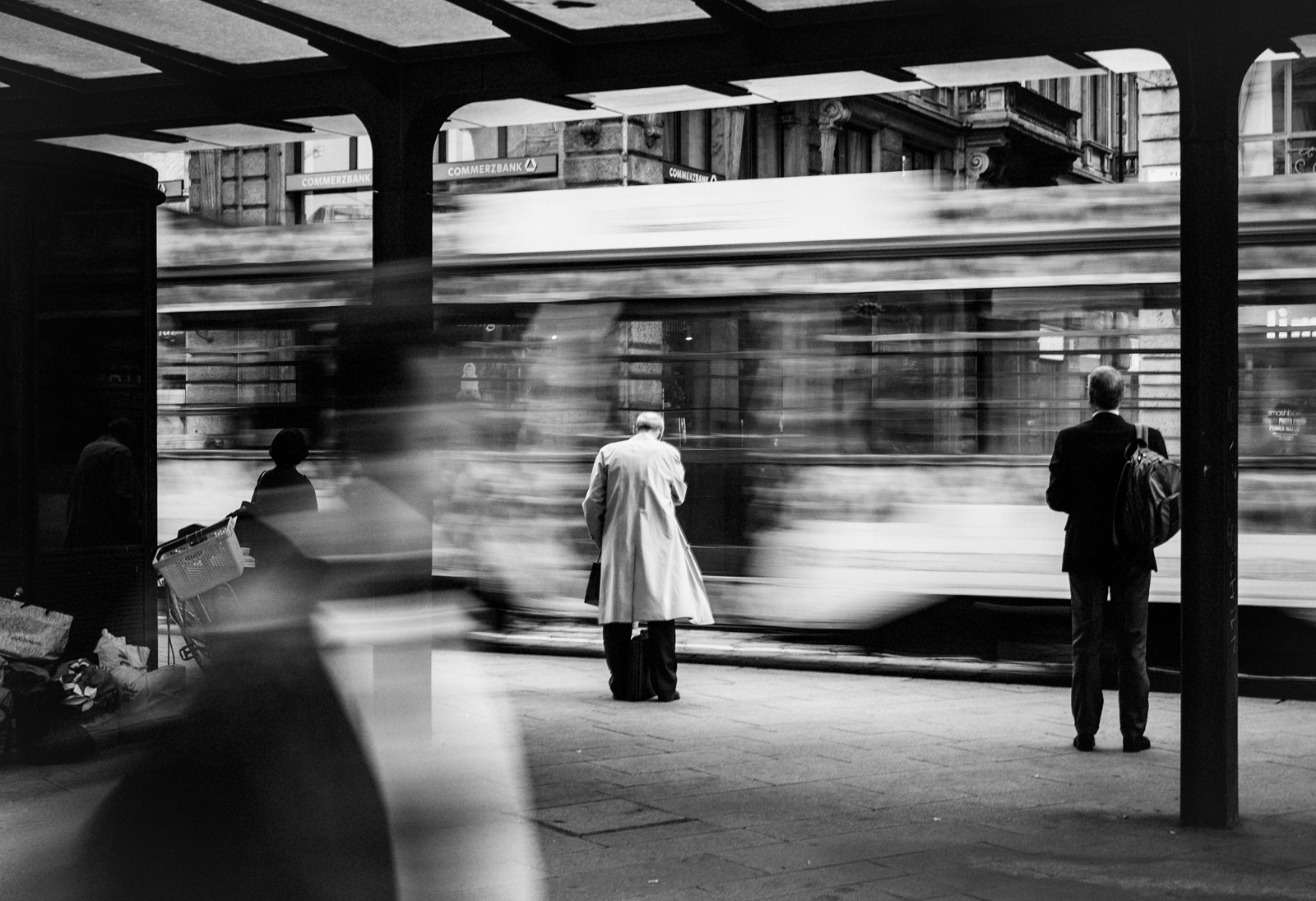Everything about Framing Streets
Framing Streets Can Be Fun For Everyone
Table of ContentsFraming Streets for DummiesThe Facts About Framing Streets UncoveredSee This Report about Framing StreetsThe 5-Second Trick For Framing StreetsIndicators on Framing Streets You Should KnowThe 5-Minute Rule for Framing Streets
Digital photography genre "Crufts Pet dog Program 1968" by Tony Ray-Jones Street photography (also often called candid digital photography) is photography conducted for art or inquiry that includes unmediated possibility experiences and random cases within public locations, normally with the purpose of catching photos at a crucial or touching minute by mindful framework and timing. 
What Does Framing Streets Mean?
Susan Sontag, 1977 Street photography can concentrate on individuals and their behavior in public. In this respect, the road photographer resembles social docudrama digital photographers or photojournalists that additionally work in public locations, however with the aim of catching relevant occasions. Any of these digital photographers' pictures might capture people and residential or commercial property visible within or from public locations, which frequently entails navigating moral issues and laws of personal privacy, safety and security, and residential property.
Representations of day-to-day public life create a genre in nearly every period of globe art, beginning in the pre-historic, Sumerian, Egyptian and early Buddhist art periods. Art dealing with the life of the road, whether within sights of cityscapes, or as the dominant theme, shows up in the West in the canon of the Northern Renaissance, Baroque, Rococo, of Romanticism, Realism, Impressionism and Post-Impressionism.
Framing Streets Things To Know Before You Buy
Louis Daguerre: "Boulevard du Holy place" (1838 or 1839) In 1838 or 1839 the first photo of figures in the road was taped by Louis-Jacques-Mand Daguerre in among a pair of daguerreotype views taken from his workshop home window of the Boulevard du Holy place in Paris. The 2nd, made at the height of the day, shows an unpopulated stretch of street, while the other was taken at about 8:00 am, and as Beaumont Newhall reports, "The Blvd, so regularly loaded with a relocating bunch of pedestrians and carriages was perfectly solitary, other than an individual that was having his boots combed.
As a result his boots and legs were well specified, yet he is without body or head, since these were in activity." Charles Ngre, waterseller Charles Ngre. https://celeste-canna-h2w00s.mystrikingly.com/blog/framing-streets-capturing-life-s-essence-through-street-photography was the first photographer to achieve the technological elegance called for to sign up individuals in motion on the street in Paris in 1851. Professional Photographer John Thomson, a Scotsman collaborating with reporter and social lobbyist Adolphe Smith, released Road Life in London in twelve regular monthly installments beginning in February 1877
Facts About Framing Streets Revealed
Eugene Atget is considered a progenitor, not because he was the initial of his kind, yet his response as a result of the popularisation in the late 1920s of his document of Parisian streets by Berenice Abbott, who was inspired to carry out a comparable paperwork of New York City. [] As the city established, Atget assisted to advertise Parisian streets as a worthwhile subject for digital photography.

A Biased View of Framing Streets
The chief Mass-Observationists were anthropologist Tom Harrisson in Bolton and poet Charles Madge in London, and their first record was generated as the book "May the Twelfth: Mass-Observation Day-Surveys 1937 by over two hundred onlookers" [] Window cleaner at Kottbusser Tor, Berlin, by Elsa Thiemann c. 1946 The post-war French Humanist College professional photographers found their topics on the street or in the bistro. Andre Kertesz.'s extensively appreciated Images la Sauvette (1952) (the English-language edition was titled The Crucial Minute) advertised the idea of taking an image at what he called the "definitive moment"; "when form and material, vision and make-up merged into a transcendent whole" - Lightroom presets.
Some Known Details About Framing Streets
, after that an instructor of young children, linked with Evans in 193839.'s 1958 book,, was substantial; raw and typically out of focus, Frank's images examined mainstream digital photography of the time, "challenged all the formal rules laid down by Henri Cartier-Bresson and Pedestrian Evans" and "flew in the face of the wholesome pictorialism and sincere photojournalism of American publications like LIFE and Time".